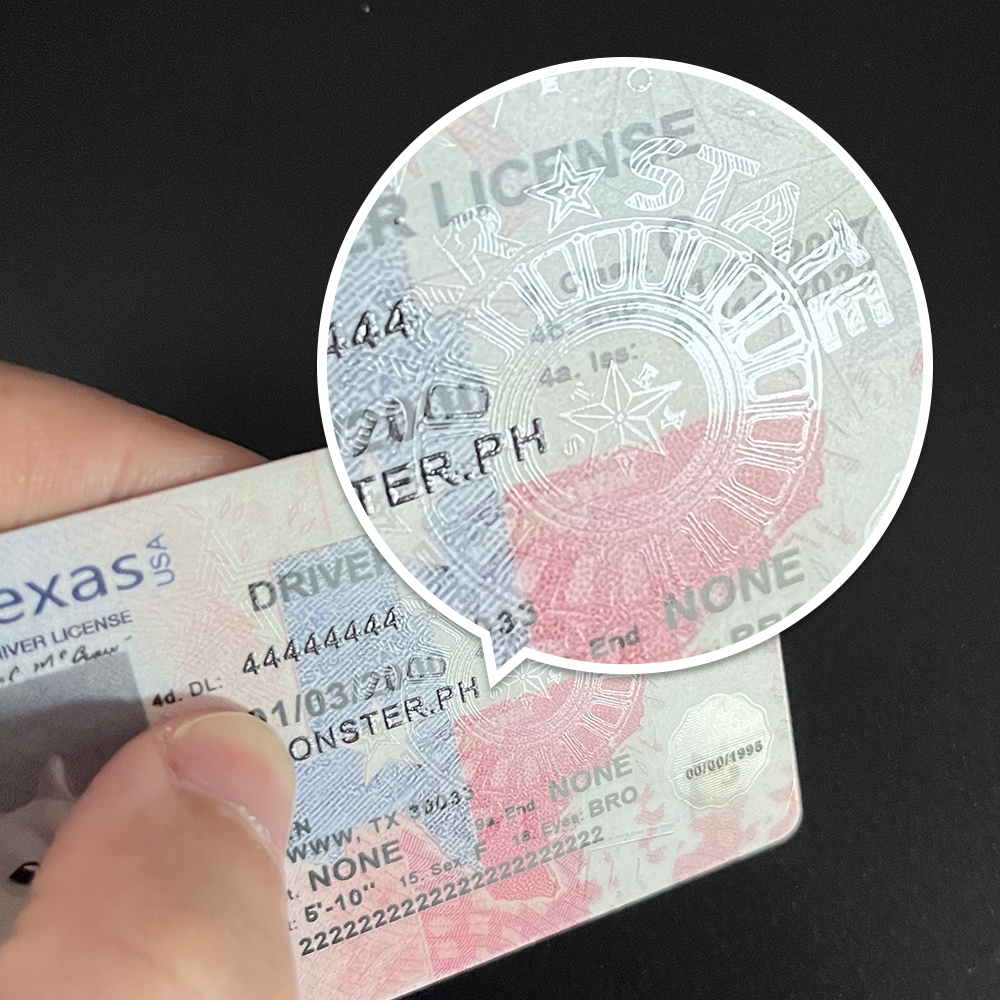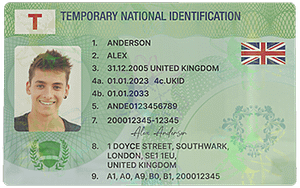Understanding Real ID: A Critical Identification Tool
A Real ID is a government-issued driver’s license or identification card that meets specific federal security standards. Starting May 7, 2025, it will serve as a primary form of identification for domestic air travel and accessing restricted federal facilities, such as military bases or nuclear power plants. Unlike standard state-issued IDs, Real IDs include enhanced security features to prevent fraud, making them a necessity for many everyday and travel-related tasks.
While the Real ID program is uniform across states, each state’s Department of Motor Vehicles (DMV) may enforce slightly different rules for documentation. This flexibility becomes particularly relevant when applying with a temporary address—common for students, temporary workers, or individuals relocating between homes.
Key Differences: Real ID vs. Standard State ID
Before diving into the application process, it’s important to distinguish between a Real ID and a standard state ID. A standard ID remains valid for driving, voting, and non-federal facility access but will not be accepted for domestic flights or federal buildings post-2025. A Real ID, marked with a gold star in the top right corner, bridges this gap by meeting Transportation Security Administration (TSA) and federal agency requirements.

For those with temporary addresses, the primary challenge lies in proving residency—a core requirement for both Real IDs and standard IDs. However, temporary residents often face hurdles with traditional residency documents (e.g., long-term leases or utility bills), requiring alternative forms of verification.
Preparing to Apply: Documentation for Temporary Addresses
To apply for a Real ID, regardless of address stability, you must provide four categories of documents: proof of identity, proof of Social Security number (SSN), two proofs of residency, and proof of name changes (if applicable). For temporary addresses, the focus is on the “two proofs of residency” requirement.
1. Proof of Identity
Acceptable forms include a valid U.S. passport, certified birth certificate (issued by a state or territory), or permanent resident card. These documents must show your full legal name, date of birth, and citizenship or immigration status.
2. Proof of Social Security Number
You’ll need your Social Security card, a W-2 form, or a pay stub with your full SSN. The name on this document must match the name on your identity proof.

3. Two Proofs of Residency (Temporary Address Focus)
Proving residency with a temporary address requires creativity. States generally accept documents that show your current physical address, even if it’s short-term. Examples include:
- A short-term lease or rental agreement (30 days or longer) with your name and the temporary address.
- A utility bill (electric, water, gas, internet) in your name, dated within the last 60 days, showing the temporary address.
- A bank statement, credit card statement, or insurance bill (auto, health, renters) with your name and temporary address, issued within the last 60 days.
- A letter from your landlord, property manager, or temporary housing provider (e.g., college dormitory) on official letterhead, stating your full name, address, and dates of residency, along with their contact information.
- Mail from a government agency (e.g., IRS, Social Security Administration) addressed to you at the temporary address, postmarked within the last 60 days.
Note: P.O. boxes are not accepted as physical addresses. The documents must reflect a street address where you currently reside.
4. Proof of Name Changes (If Applicable)
If your current legal name differs from the name on your identity document, provide a certified marriage certificate, divorce decree, or court-ordered name change document.
Step-by-Step Application Process for Temporary Address Holders
Once your documents are in order, follow these steps to apply for a Real ID with a temporary address:
Step 1: Check State-Specific Requirements
Visit your state’s DMV website to confirm residency rules. For example, California allows a “Declaration of Residency” form if you live with family or friends, while Texas requires at least one utility bill. Search terms like “[Your State] Real ID residency requirements” will guide you to official guidelines.
Step 2: Gather Original Documents
Photocopies are often rejected. Bring original or certified copies of your identity proof, SSN proof, two residency proofs, and name change documents (if needed). Highlight the temporary address on all residency documents to avoid confusion.

Step 3: Schedule an Appointment
Most DMVs recommend scheduling an appointment online to reduce wait times. Walk-ins are possible but may result in longer delays, especially during peak hours (e.g., mornings or Fridays).
Step 4: Visit the DMV Office
Arrive early with all documents. A DMV employee will verify your paperwork, take your photo, and collect your signature. You’ll also pay a fee (typically $30–$50, varying by state) and surrender your current driver’s license or ID (if applicable).
Step 5: Receive Your Real ID
Depending on the state, your Real ID will be mailed to your temporary address within 10–30 business days. Some states offer same-day pickup for an additional fee, but this is rare. Confirm the delivery timeline with your DMV to ensure you plan accordingly.
Common Problems and Solutions for Temporary Address Applicants
Applying for a Real ID with a temporary address can lead to unique challenges. Below are five common issues and actionable solutions:
Problem 1: No Utility Bill in My Name at the Temporary Address
Solution: If utilities are in someone else’s name (e.g., a roommate or family member), ask them to provide a notarized statement confirming you live at the address and pay a portion of the utilities. Include a copy of their utility bill and a lease agreement (if applicable) to strengthen your case.
Problem 2: Verbal Lease Agreement Only
Solution: Verbal agreements are rarely accepted. Request a written document from your landlord or host that includes your name, address, move-in/move-out dates, and their signature. If they refuse, use alternative residency proofs like bank statements or government mail sent to the address.
Problem 3: Staying with Friends or Family Temporarily
Solution: Many states accept a “Residency Affidavit” form, which your host can sign under penalty of perjury. This form typically requires their name, address, relationship to you, and confirmation of your residency dates. Check your state’s DMV website for a template or instructions.
Problem 4: Temporary Address in a Different State Than My Current Residency
Solution: If you’ve moved to a new state but are staying temporarily, you must apply for a Real ID in the state where you currently reside. For example, if you’re a student in Florida but originally from New York, apply for a Florida Real ID using your campus address. Bring documents proving your Florida residency (e.g., dorm lease, campus mail) and inform the DMV of your temporary status.
Problem 5: Temporary Address Is a Hotel or Short-Term Rental
Solution: Hotels and vacation rentals (e.g., Airbnb) are generally not accepted as valid addresses due to their transient nature. If you’re staying in such a location, contact the property manager for a letter on official letterhead that includes your name, dates of stay, and the full address. Pair this with other documents (e.g., a local bank statement or mail from a university) to verify your presence in the area.
Final Tips for a Smooth Application
To avoid delays, double-check all documents for accuracy. Ensure names match across all forms (e.g., your birth certificate, Social Security card, and lease agreement). If your temporary address is difficult to verify, call your local DMV in advance to ask for guidance—many offices offer pre-application checklists or phone consultations.
Remember, the goal of the Real ID program is to enhance security, not to exclude temporary residents. By preparing the right documentation and understanding state-specific rules, you can successfully obtain a Real ID even with a temporary address.



